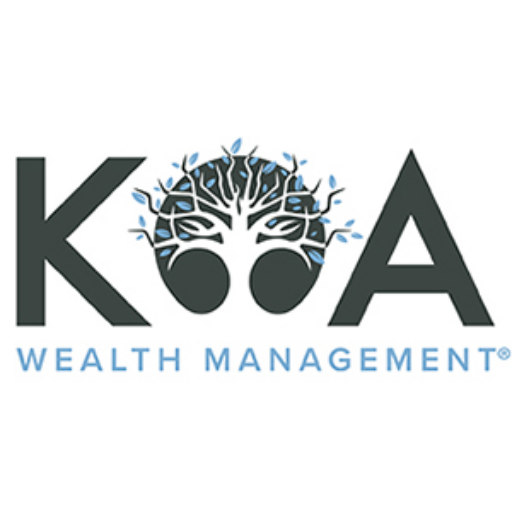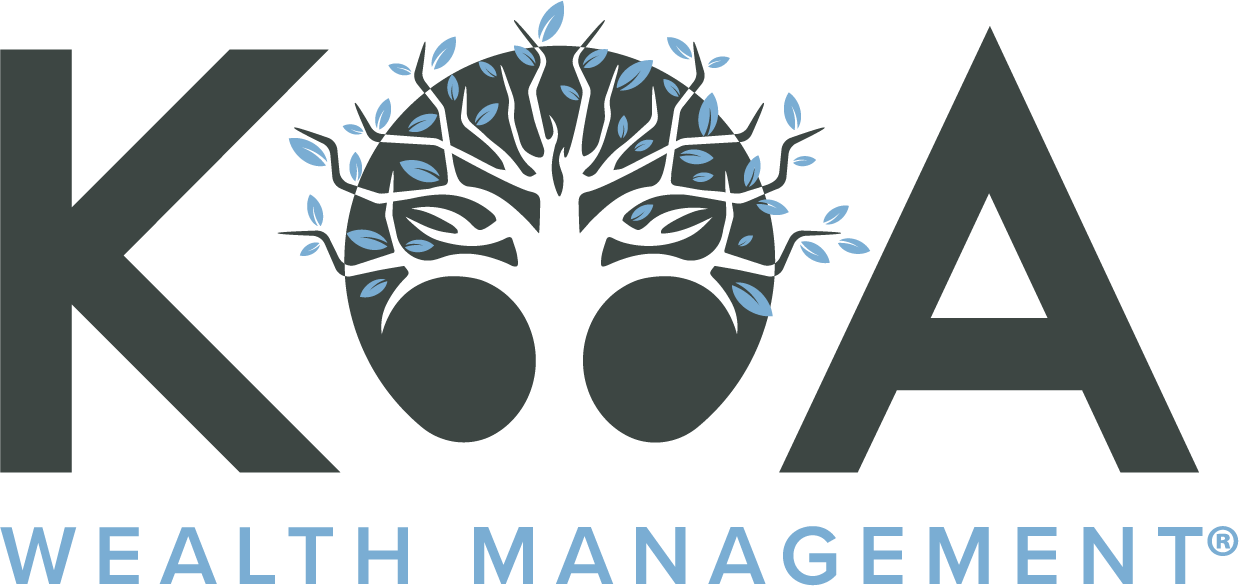Q1 2025 MARKET COMMENTARY
The first quarter of 2025 saw the Trump White House start to exercise its agenda of promising to rework global trading relationships, lower interest rates and cut government spending. While we agree that all three of these goals can be positive, the execution of this agenda is incredibly important. Writing this letter one week into Q2 (Delayed purposely to be able to comment on tariffs) we now have a better idea of the plan, the execution… and how it’s all going. Regarding global tariffs, to say that some of the tariff levels on our trading partners was shocking would be an understatement. When tariffs are anywhere near 50% on goods produced in a particular country, you effectively threaten that economy with a total shutdown of production intended for our market. For instance, many US manufacturers trying to move production out of China and into Vietnam to avoid further risk with tariffs that might be levied on China were shocked when a 46% tariff rate was outlined in the President’s White House address. At that level, should it stick without any adjustment – those US companies affected will be forced to relocate production – full stop. At that level companies do not have the ability to absorb or pass along that kind of cost increase to consumers on any high value goods. In the case of lower interest rates, the White House does not have the ability to control short term interest rates, that is that job of the Federal Reserve as an independent entity under the umbrella of the Federal Government – however with the current policies regarding tariffs, the market is anticipating a global slowdown, which would lower growth. Initially this has driven rates along the US interest rate curve lower… however, if tariffs remain in a similar format as we move forward coupled with foreign holders deciding to sell US Treasuries, we could see rates driven higher (Not lower). Ultimately causing a slow down in growth or a recession to lower interest rates, is the definition of lopping off your nose to spite your face. Finally, cuts to government agencies have been fast and furious – with funding for a myriad of programs being pulled back and government employees being terminated. While we agree that spending almost 2 trillion dollars more than the Federal government is receiving in total tax revenue is unsustainable and needs to stop sooner than later, a slow down in government spending coupled with a slowdown in global trade, feels like a recipe to increase the odds of a potential recession later in 2025.
Equity
We’ll lead off with Public Equities as it’s the most talked-about area of investing and relevant to just about every investor in our practice. For Q1, the S&P 500 had a challenging start to the year finishing down -4.6%. The Nasdaq, with its tech champions, finished down -10.4%, and the Russell 2000 which represents US small caps was also negative, falling -9.8%.
Our philosophy around owning Public Equities has encompassed the following 1) Focus on owning the best companies – the strategy of indexing, where you effectively own all companies (Great, average & poor) has never made a lot of sense to us 2) Look to invest in businesses that exhibit pricing power due to limited competition 3) Look for businesses that are durable that can survive hard times – stock prices go up and down, but a durable business won’t go bankrupt and will increase in value over each economic cycle 4) Where we feel we have competency, own the individual companies, where we don’t utilize a passive basket like a sector ETF or active management through a mutual fund. Also, as part of our investment philosophy we prefer to invest new capital into areas that are unloved or what I refer to as “Orphaned” and wait for the market to rotate capital into that area. With experience has come the understanding that while the broad indexes represent returns for a broad basket of stocks, under the surface there can be a lot of turbulence sector to sector and stock to stock. We want to position our clients where we believe the puck will be going and try to arrive there before the herd shows up and bids prices much higher.
Q1 proved to be a difficult quarter for the US Markets, while International Markets galloped higher, something we have not seen in many years. Our simple understanding of this dynamic is capital that had been invested in the US, was most likely reallocated to foreign markets – whether it be international investors bringing money home or US investors looking for more value abroad, it matters not – flows are an important factor in driving markets up or down. In the last week, post tariff announcement, there’s really been nowhere to hide as major global equity markets have all traded in one direction – down. Our strategy coming into the year was two-fold 1) Don’t be overly exposed to any sectors/individual names that were grossly over-valued 2) Skew allocations with over-weights in sectors away from Technology in the US – by and large we entered the year with a much lower exposure to tech when compared to the S&P 500, with our largest defensive overweight in healthcare. As we closed out Q1, our models outperformed the S&P 500, Nasdaq and Russell 2000. While our goal is not to outperform any particular index, it was confirmation, in our opinion that our more defensively oriented positioning was appropriate. As we went through the quarter – we began to take some profits on select healthcare, real estate, consumer staple, utility and gold mining positions. While we still very much like these positions, when they are trading near 52 week/all-time highs and you’re in the middle of such global economic uncertainty, we feel it appropriate to take some profits off the table and re-evaluate. Conversely, we also added select positions that were sold down aggressively in the quarter and felt too cheap to ignore. Q1 was an opportunity to be more active in rebalancing our equity positions and given the volatility to start Q2 we believe this strategy could be very appropriate to continue as we head through the year.
Private Equity had a solid year in 2024, generating low double digit returns for our investors, which however lagged public equity returns for the second year in a row. Based on the returns for Managers we have selected for clients, we were positive YTD through the end of February 2025. We’ll receive our March figures in April as is typical for these investments. With the rapid deterioration in the public markets, it will be a tall order for our Private Equity managers to post positive returns in the months to come, but we are certain that our downside exposure should be much less to what’s currently being experienced with public equity. In addition, our managers are well funded, should opportunities to deploy capital come about in Q2, we could see the opportunity to negotiate aggressive discounts on purchases if sellers are in more desperate need of liquidity.
Real Estate
Our public REIT investments continued to be very bifurcated in Q1. Our tower/data center operator is off to a terrific start in 2025. We were able to add back to our position in February at a very favorable price after booking profits more than 20% higher in the latter part of 2024. However, our niche industrial operator levered to cannabis companies continues to struggle. After reorganizing leases with their largest tenant in early Q1, they also opted to put three of their tenants who had been on a partial pay arrangement since Q3 of 2024 into default. The idea being to simply take the pain of evicting those tenants and replacing them with stronger credit tenants. In addition, the company disclosed that four properties that had been sold for which the company carried back a note with the buyer went into default. The company will be taking those properties back and marketing them for sale. All told, we believe the company decided to kitchen sink the quarter and take their pain now instead of bleeding out problems throughout the year. Fortunately, there a no debt maturities this year, the dividend for now is covered and remains stable and the board of directors approved a 100 million dollar buy back, timely in our opinion.
Our Private REIT investments started the year with mixed results. NAV prices are still hanging around Q3/Q4 levels from 2021. While the recovery has been slower than we had expected, we still believe it’s coming, therefore we’ve encouraged our clients to keep reinvesting their monthly dividends at current levels and in select cases add to their existing holdings. Most recently we’ve also added a Triple Net Lease Portfolio – one we had become acquainted with as far back as 2022, but we felt the timing was not ideal for that strategy. There’s chatter in the market that a resurgence in inflation may occur in 2025, while we think that call is preliminary, we know that real assets like real estate have been a good long-term hedge against rising prices over time. Also, Private Real Estate affords us a much more stable investment profile than public REITs which really whipped all over the place with the equity market in 2025.
Debt
Q1 proved to also be a mixed start for the bond market. While rates moved down throughout the quarter, generally helping bond positions with higher duration (Interest rate sensitivity), we also saw credit spreads start to widen hurting debt with more credit exposure. Our philosophy regarding debt has been to keep our public debt positions high grade and with lower duration. In our Private Debt portfolios we’ve focused on Direct Lending/Private Credit/Distressed Debt where we believe we can benefit from superior underwriting of credit risk, higher yield and lower volatility on our client positions. Thus far our strategy has worked well generating positive returns YTD across public and private market strategies.
We often tell clients – “85% of the time, markets are easy – you make your investments and collect your positive returns… however 15% of the time, they are absolutely treacherous – you hire us for the 15% of the time”. Thus far 2025 has proven to be the “15% of the time”. We will do our best to navigate our client’s capital as we would that of our own families – balancing preservation of capital while also hunting for opportunities. Experience has taught us that our greatest investments are often made in the worst years – this is the time to be planting your seeds if you want the opportunity for a substantial harvest in the years to come.
[1] Bespoke Investments Year End Report

PO BOX 231030, Encinitas, CA 92023 | 760-602-6920 | info@koawealth.com
This material should not be considered a recommendation to buy or sell securities or a guarantee of future results. Koa Wealth Management, LLC is a registered investment adviser. Registration does not imply a certain level of skill or training. More information about Koa Wealth Management, LLC can be found in our Form ADV Part 2, which is available upon request or by visiting our website at www.koawealth.com/disclosure. Past performance is not a guarantee of future results. All investment strategies have the potential for profit or loss; changes in investment strategies, contributions, or withdrawals may materially alter the performance and results of a portfolio. Different types of investments involve varying degrees of risk, and there can be no assurance that any specific investment will be suitable or profitable for a client’s investment portfolio.







